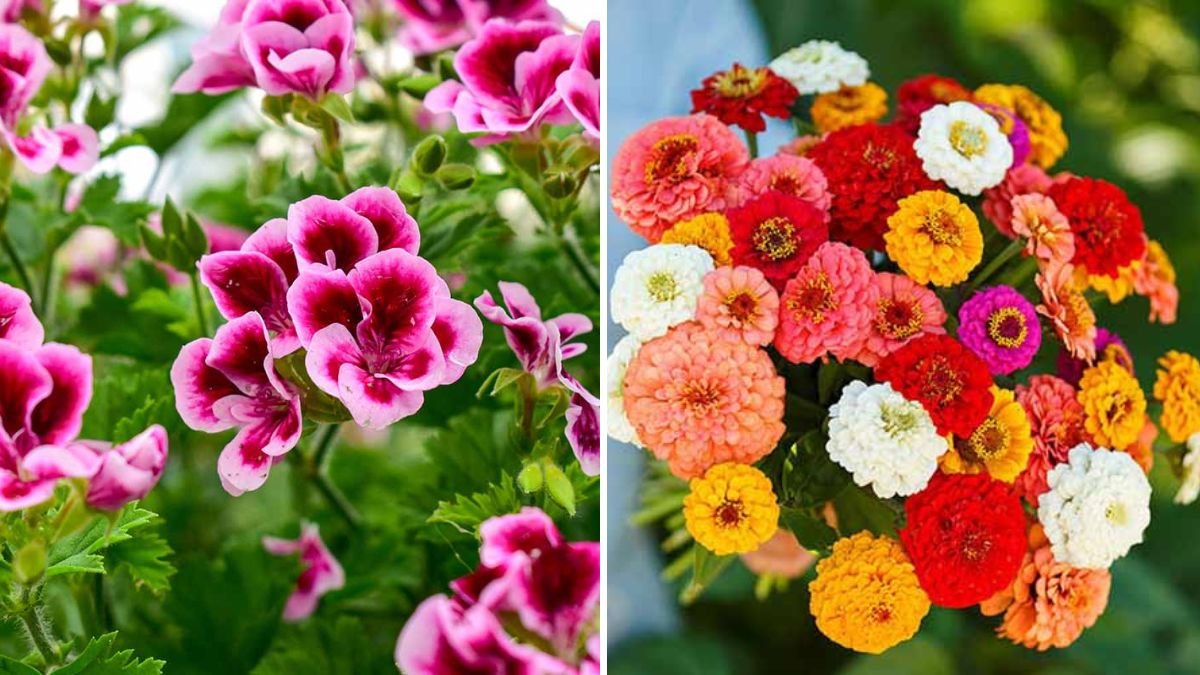Dahlias (Dahlia spp.) are some of the most striking and versatile flowers in the garden. With bold blooms in a spectrum of colors, intricate petal formations, and a long flowering season, they make any garden feel vibrant and luxurious. However, growing dahlias successfully goes beyond just planting them in sunny soil. One key strategy to enhance their health, aesthetics, and pollinator appeal is companion planting.
Companion plants are those that benefit one another when grown nearby, whether by improving soil quality, deterring pests, attracting pollinators, or creating complementary visual effects. In this article, we’ll explore the best companion plants for dahlias, why they work together, and tips from experts for designing a thriving, colorful garden.
Why Companion Planting Matters for Dahlias
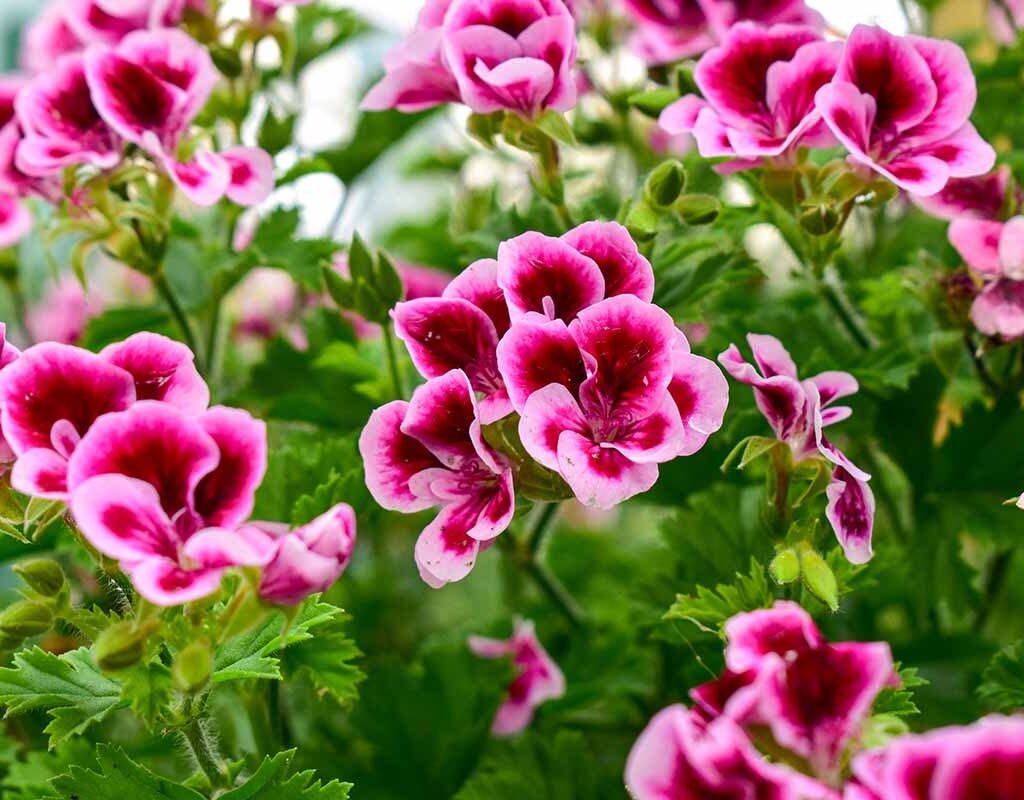
Dahlias thrive in full sun, well-drained soil, and fertile conditions, but companion plants can enhance their growth in multiple ways:
- Pest control: Certain companions deter aphids, slugs, and other pests that target dahlias.
- Pollinator attraction: Flowers that draw bees and butterflies can improve pollination and overall garden health.
- Extended bloom season: Combining plants with different bloom times ensures your garden stays lively.
- Soil enrichment: Some companions fix nitrogen or improve soil structure, promoting healthier dahlia roots.
- Aesthetic appeal: Height, texture, and color contrasts create visually stunning flower beds.
By selecting compatible companions, gardeners can create a balanced ecosystem that benefits both the dahlias and their neighbors.
1. Marigolds (Tagetes spp.)
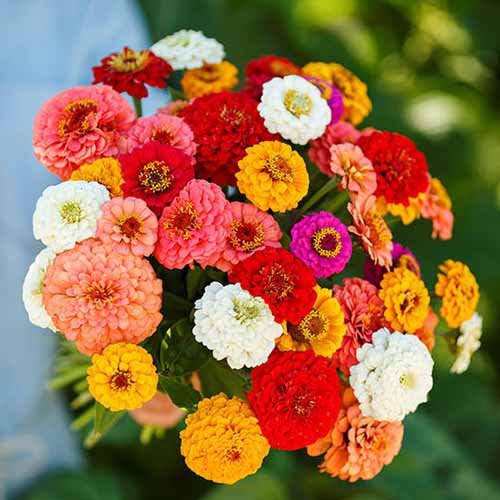
Marigolds are classic companion plants for dahlias and many other garden flowers.
Why They Work Well:
- Produce a strong scent that repels nematodes and aphids.
- Bright yellow and orange blooms complement dahlias’ diverse colors.
- Attract beneficial insects such as ladybugs, which prey on pests.
Expert Tip: Plant marigolds around the base of dahlia beds or in clusters to create natural pest barriers while adding vibrant color.
2. Zinnias (Zinnia spp.)
Zinnias are annuals with bold, long-lasting blooms that thrive alongside dahlias.
Why They Work Well:
- Both prefer full sun and well-drained soil.
- Their colorful, upright flowers enhance dahlia displays.
- Zinnias attract pollinators, increasing the overall health of the garden.
Expert Tip: Use zinnias of varying heights to create layers and texture, ensuring dahlias remain the focal point.
3. Cosmos (Cosmos bipinnatus)
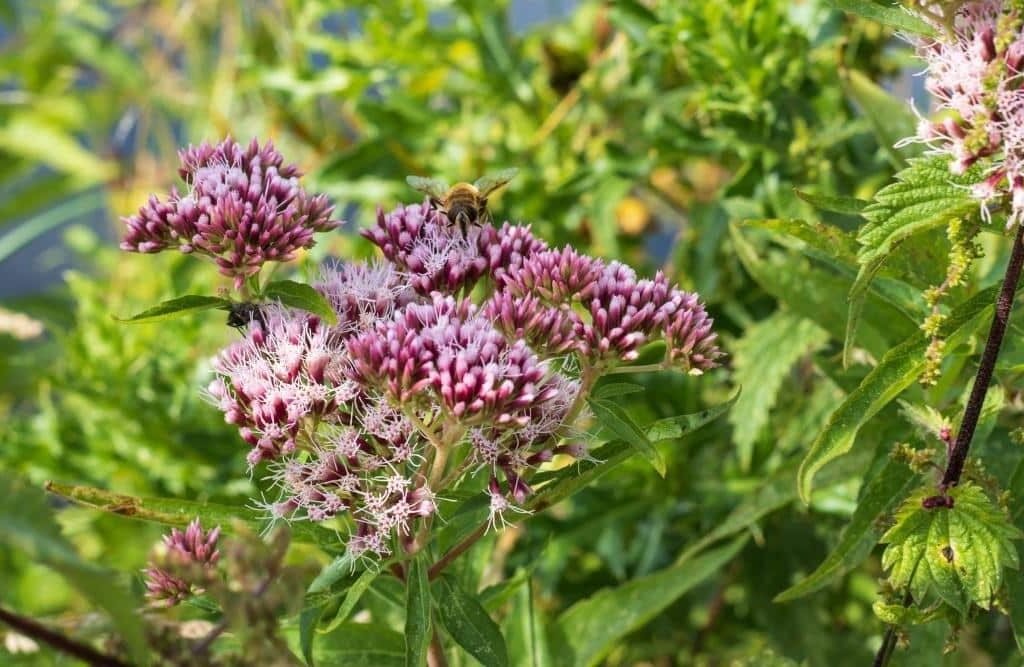
Cosmos are airy, delicate flowers that provide contrast in form and texture.
Why They Work Well:
- Their feathery foliage softens the bold structure of dahlias.
- Nectar-rich blooms attract bees and butterflies, supporting pollination.
- Both bloom abundantly in summer, synchronizing peak garden color.
Expert Tip: Plant cosmos toward the edges of dahlia beds to create movement and lightness in the garden design.
4. Nasturtiums (Tropaeolum majus)
Nasturtiums are edible, trailing flowers that serve as a natural pest deterrent.
Why They Work Well:
- Act as a trap crop, drawing aphids and whiteflies away from dahlias.
- Their vibrant red, yellow, and orange blooms add color variety.
- Leaves and flowers are edible, offering culinary benefits.
Expert Tip: Plant nasturtiums around the base of dahlias or interspersed between plants to protect vulnerable stems.
5. Salvia (Salvia spp.)
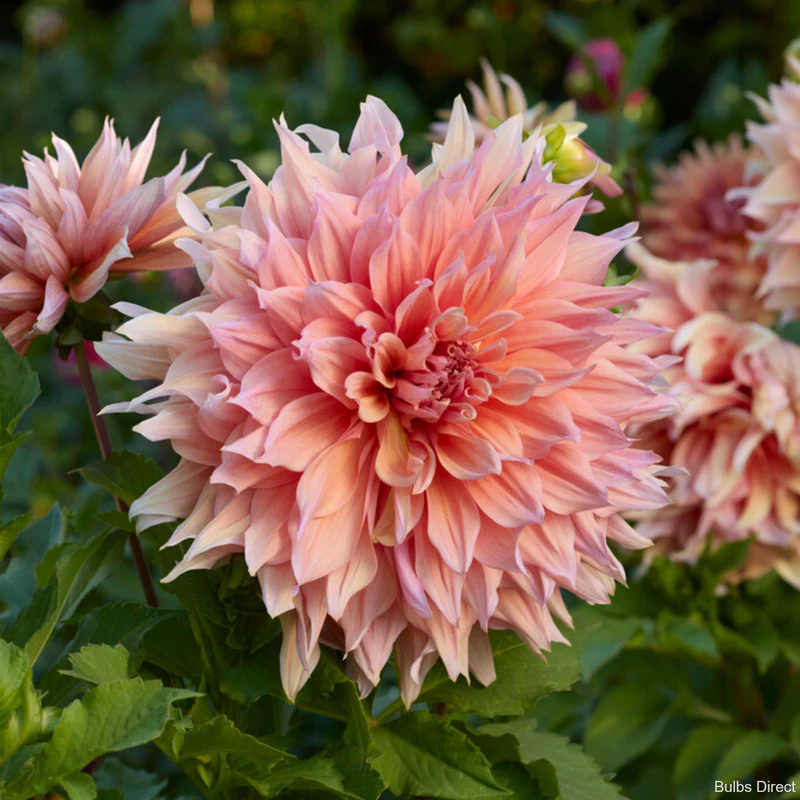
Salvia is a perennial or annual with tall spikes of nectar-rich flowers.
Why They Work Well:
- Their spiky blooms contrast beautifully with dahlias’ rounded petals.
- Attract pollinators like bees, butterflies, and hummingbirds.
- Both thrive in sunny, well-drained locations.
Expert Tip: Position salvia behind or alongside dahlias to create vertical interest while supporting pollinator activity.
6. Sweet Alyssum (Lobularia maritima)
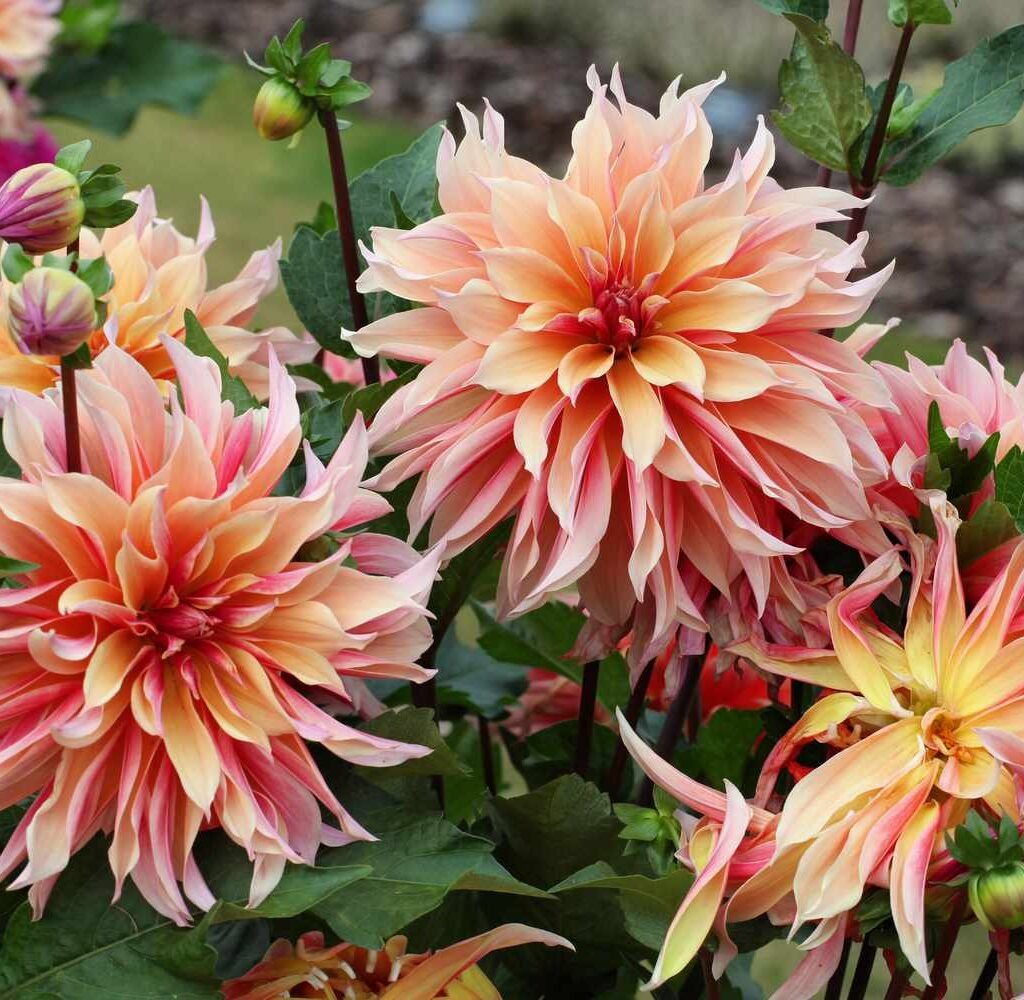
Sweet alyssum is a low-growing, fragrant plant that adds a soft border around taller dahlias.
Why They Work Well:
- Dense growth suppresses weeds and retains soil moisture.
- Tiny, nectar-rich flowers attract beneficial insects and pollinators.
- Its delicate blooms contrast with bold dahlia heads, enhancing visual appeal.
Expert Tip: Plant sweet alyssum along the edges of dahlia beds for a fragrant, pollinator-friendly border.
7. Sunflowers (Helianthus annuus)
Sunflowers are tall, bold blooms that create a dramatic backdrop for dahlias.
Why They Work Well:
- Provide vertical structure behind dahlias, adding depth to garden beds.
- Nectar-rich flowers attract bees and other pollinators.
- Both are heat-tolerant and bloom in mid-to-late summer, synchronizing growth cycles.
Expert Tip: Choose dwarf sunflower varieties if your garden is small, or plant tall types at the back of the dahlia bed to avoid shading.
8. Cosmos (Cosmos sulphureus)
Cosmos sulphureus, or orange cosmos, offers warm-colored blooms that complement dahlias’ palette.
Why They Work Well:
- Attract butterflies and bees, enhancing pollination.
- Provide vivid orange and yellow accents to dahlia gardens.
- Grow easily in full sun with minimal care.
Expert Tip: Combine orange cosmos with purple or red dahlias for striking color contrasts that draw the eye.
9. Ornamental Grasses
Ornamental grasses like fountain grass or blue fescue add texture and movement.
Why They Work Well:
- Provide a neutral backdrop that highlights dahlias’ bold blooms.
- Their swaying foliage adds interest between flower blooms.
- Grasses do not compete aggressively for nutrients, making them ideal companions.
Expert Tip: Plant grasses at the edges or behind dahlia beds to create layered garden designs.
10. Alliums (Allium spp.)
Alliums are flowering bulbs with spherical blooms that attract bees and beneficial insects.
Why They Work Well:
- Their upright, globular flowers contrast with dahlia shapes.
- Strong aroma deters aphids and other pests.
- Blooms appear in late spring, leading into the dahlia flowering season.
Expert Tip: Plant alliums early in spring so they finish blooming before dahlias emerge, creating continuous garden interest.
Tips for Designing a Dahlia Companion Garden
- Sunlight: Most companions thrive in full sun, matching dahlia requirements.
- Soil: Use well-drained, fertile soil, enriched with compost.
- Spacing: Leave room for airflow to prevent fungal diseases like powdery mildew.
- Bloom Timing: Combine early, mid, and late bloomers for season-long interest.
- Pest Management: Select companions that repel pests or attract beneficial insects.
- Aesthetic Planning: Mix heights, colors, and textures for a professional-looking flower bed.
Benefits of Companion Planting with Dahlias
- Enhanced Pollination: Pollinator-friendly companions encourage bees and butterflies, improving flowering and garden health.
- Pest Control: Plants like marigolds, nasturtiums, and alliums reduce pest damage naturally.
- Extended Color Display: Combining flowers with different bloom times keeps the garden colorful longer.
- Soil and Microbe Health: Certain companions improve soil quality, benefiting dahlia root development.
- Visual Harmony: Contrasting forms, colors, and textures create eye-catching garden beds.
Conclusion
Dahlias are magnificent, attention-grabbing plants that can shine even brighter when paired with the right companion flowers. Marigolds, zinnias, cosmos, nasturtiums, salvia, sweet alyssum, sunflowers, ornamental grasses, and alliums provide pest protection, pollinator support, and aesthetic enhancement, creating a thriving garden ecosystem.
By planning your garden to incorporate companions for color, height, texture, and ecological benefits, you ensure your dahlias not only flourish but also contribute to a vibrant, pollinator-friendly landscape. With careful selection and strategic planting, you can enjoy long-lasting blooms, healthier plants, and a more productive, beautiful garden.
